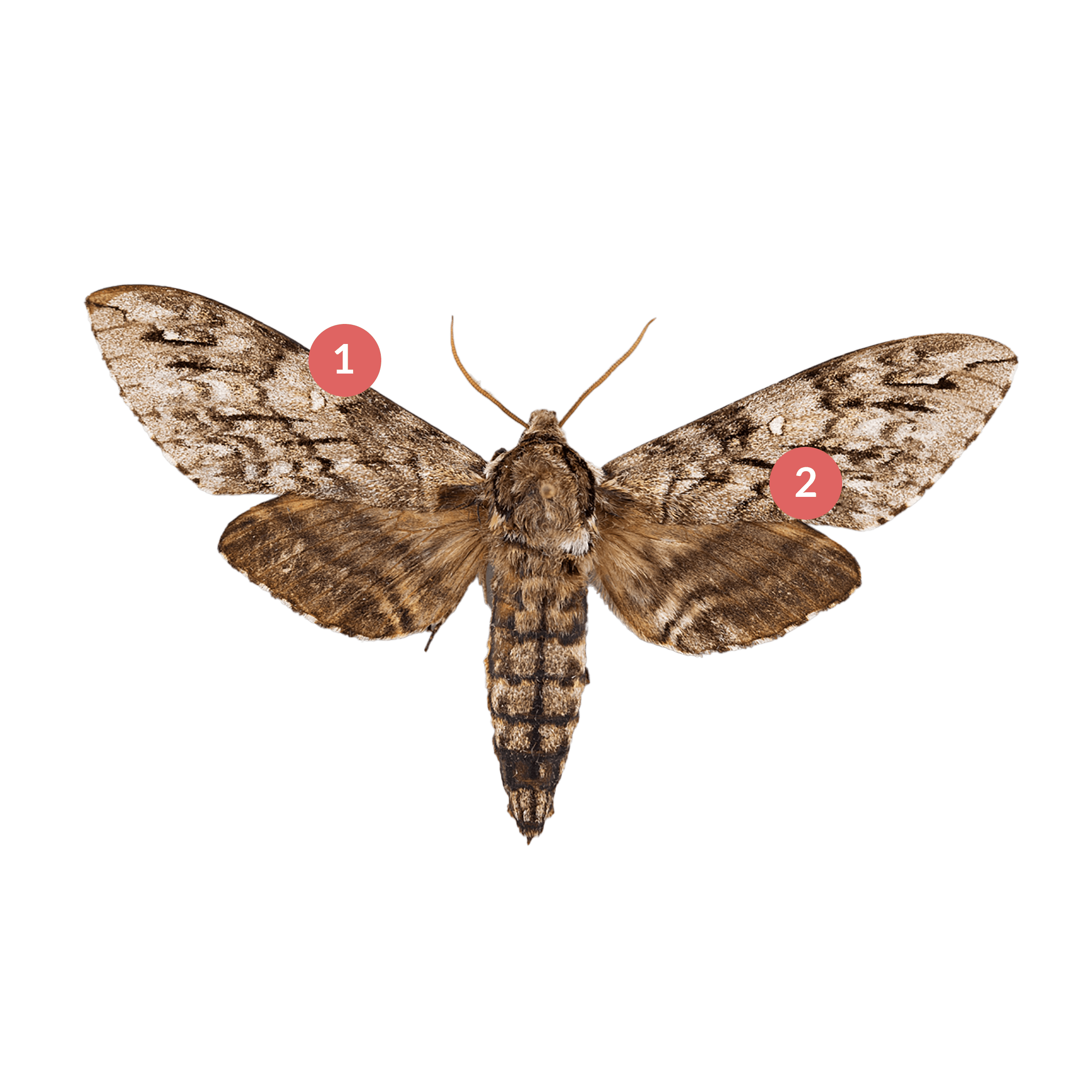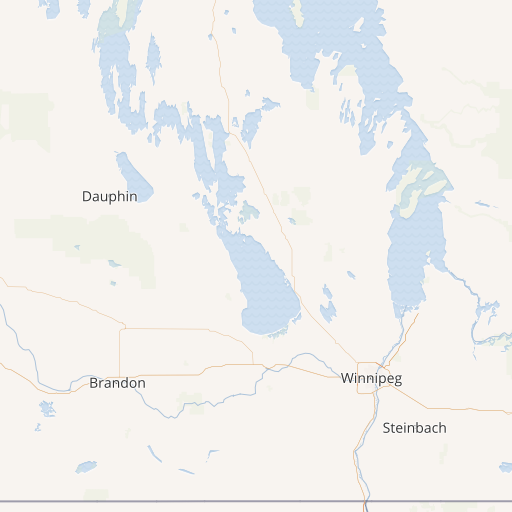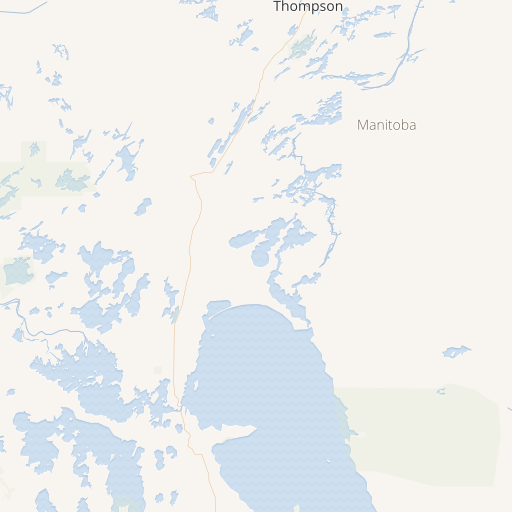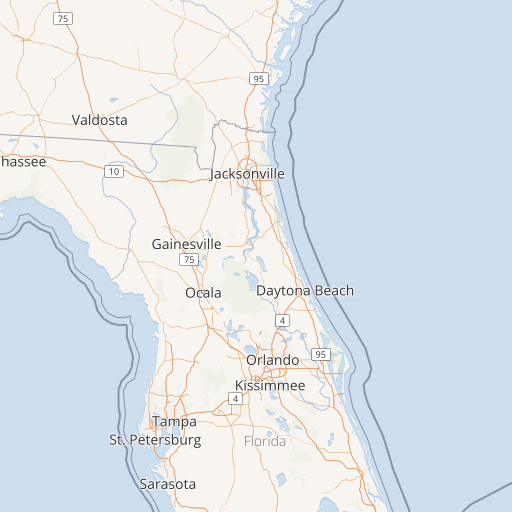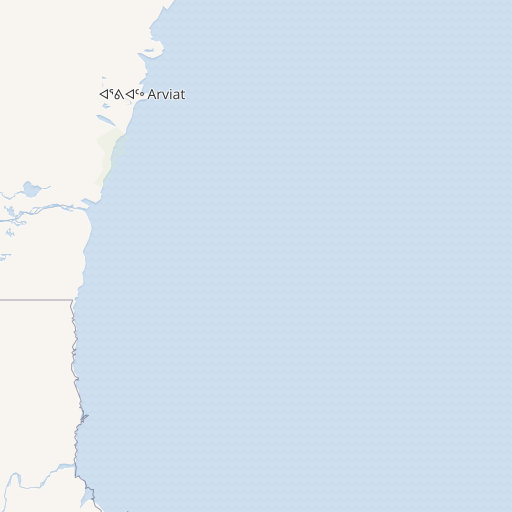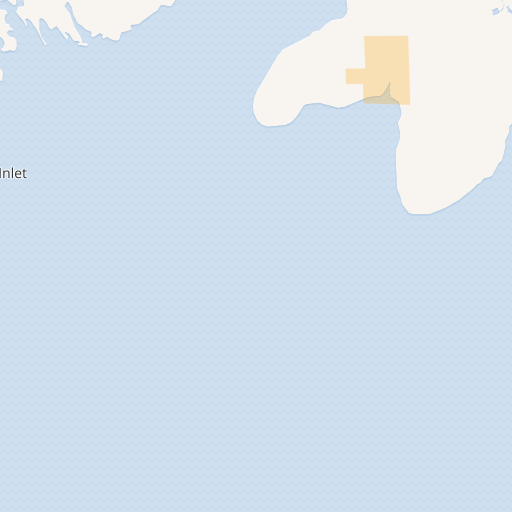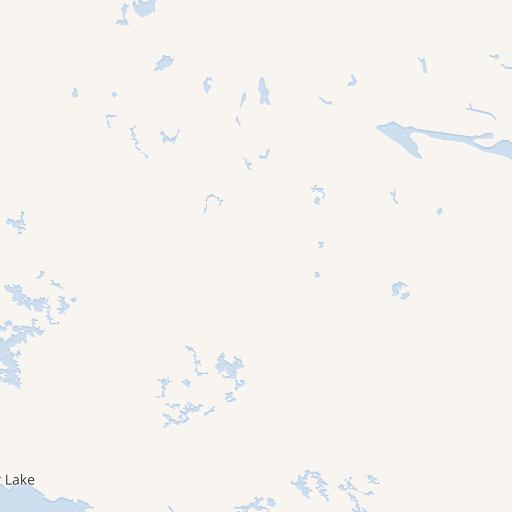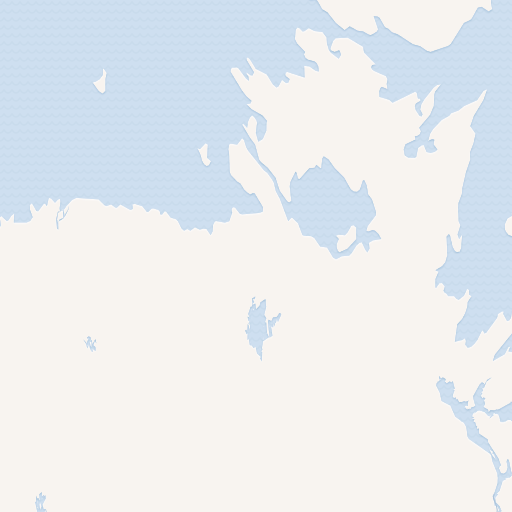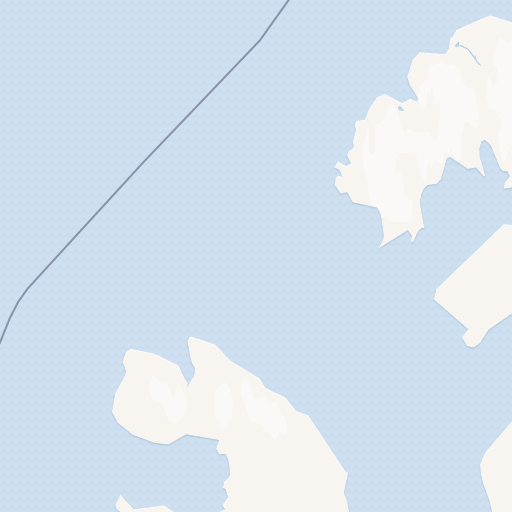About
Ceratomia undulosa, commonly known as the Waved Sphinx Moth, is a large and striking moth found throughout much of North America. Its wingspan can reach up to 5 inches and its wings are a mixture of brown, gray, and white with a distinctive waved pattern. The wings also have a subtle silver sheen to them.
As a member of the Sphingidae family, the Waved Sphinx is known for its rapid and strong flight. Its body is thick and furry with a dark brown or black coloration. The abdomen has white stripes and a row of yellow spots.
A fun fact about this species is that it is attracted to moonflowers, which bloom only at night. The Waved Sphinx Moth uses its long tongue to access the nectar of the flower while hovering in mid-air, similar to a hummingbird.
Interestingly, the caterpillar of the Waved Sphinx Moth is also quite unique, with a horn at the end of its body. It feeds on a variety of plants, including grape and Virginia creeper.
Forests, woodlands, parks, gardens, trees, shrubs


